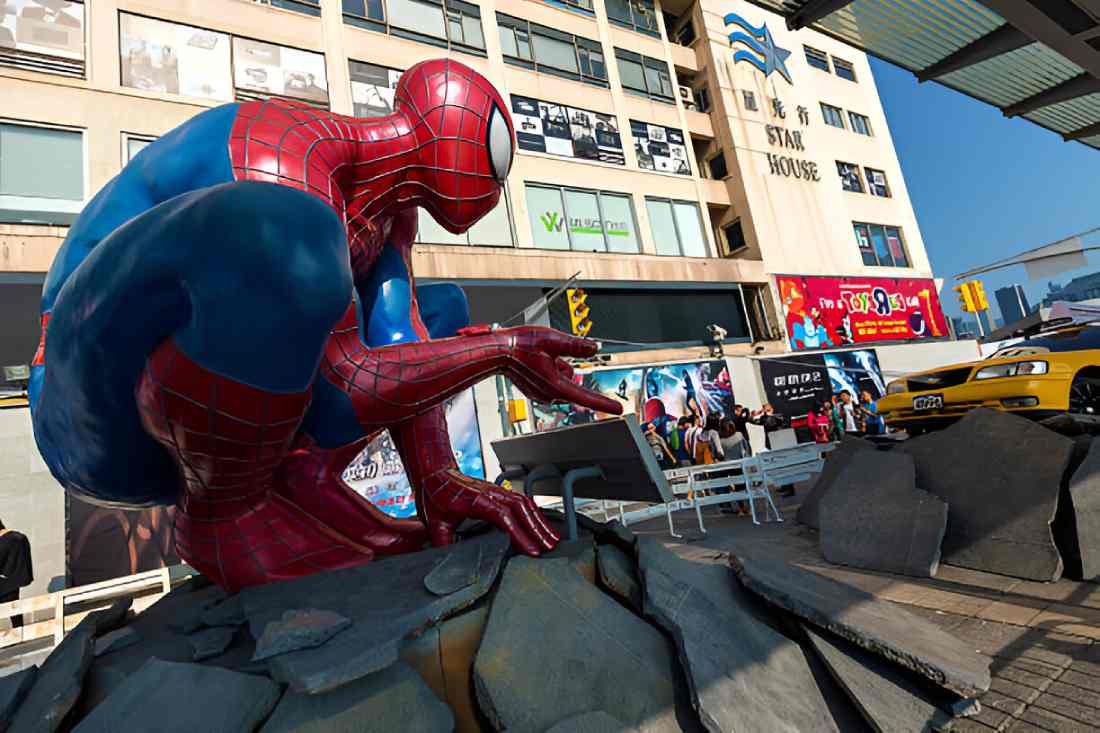Spider-Man: Into the Spider-Verse revolutionized animated filmmaking when it was released in 2018. The film’s unique visual style combines comic book aesthetics with cutting-edge computer animation, creating a look that feels both nostalgic and groundbreaking. The animators deliberately used a lower frame rate for character movements and incorporated comic book elements like Ben-Day dots, thought bubbles, and written sound effects to create a living, breathing comic book experience.
Miles Morales: A Fresh Take on Spider-Man
The film centers on Miles Morales, a Black and Puerto Rican teenager from Brooklyn who becomes Spider-Man after being gnawed by a radioactive spider. Unlike previous Spider-Man adaptations, Miles struggles not just with his new powers but with living up to the legacy of the original Spider-Man while finding his own identity. His journey resonates deeply with audiences as he learns that anyone can wear the mask and be a hero.
A Multiverse of Spider-People
The story ingeniously introduces the concept of the Spider-Verse, bringing together different versions of Spider-Man from parallel dimensions. Characters like Peter B. Parker, Spider-Gwen, Spider-Man Noir, Peni Parker, and Spider-Ham showcase the versatility of the Spider-Man concept while adding depth to the narrative. Each character brings their own unique animation style, further enriching the film’s visual tapestry.
Themes and Messages
At its core, the film explores powerful themes of identity, family, and self-discovery. Miles’s relationships with his police officer father and his uncle Aaron create compelling dramatic tension. The message that “anybody can wear the mask” resonates throughout the story, emphasizing that heroism isn’t limited by race, gender, or background. The film also tackles themes of mentorship, showing how different versions of Spider-Man help Miles grow into his role.
Technical and Creative Achievement
The film’s innovative approach to animation required new technical solutions and artistic techniques. The team developed new software to create the comic book aesthetic and spent years perfecting the unique visual style. The result is a film that looks unlike anything before it, with each frame resembling a meticulously crafted comic panel brought to life.
Cultural Impact and Legacy
Spider-Man: Into the Spider-Verse has had a lasting impact on both animation and superhero films. It won the Academy Award aimed at Best Animated Feature and has influenced subsequent animated projects. The film’s success proved that audiences are ready for more diverse superhero stories and innovative approaches to animation. Its influence can be seen in various animated projects that followed, with many adopting similar stylistic elements or pushing technical boundaries in their own ways.
Musical Innovation
The film’s soundtrack merges hip-hop, pop, and orchestral elements to create a soundscape that perfectly matches Miles’s world. Songs like “Sunflower” by Post Malone and Swae Lee became huge hits, while the score by Daniel Pemberton incorporates elements from various musical genres to complement the film’s visual style.
Critical and Commercial Success
The film received universal approval from critics and audiences alike, praised for its innovative animation, emotional depth, and fresh take on the superhero genre. It proved that taking creative risks with established properties can pay off both artistically and commercially. Its success paved the way for more experimental approaches to both animation and superhero storytelling, influencing the industry’s willingness to take creative risks with beloved properties.
Disclaimer
Just to be fully transparent – Spider-Man: Into the Spider-Verse (2018) is a topic I learned about during my training, so my knowledge is limited to information available as of April 2024. While I aim to be accurate in describing the film and its impact up to that point, there may have been further developments, sequels, or continued influence in the industry after my knowledge cutoff that I’m not aware of.
Let me know if you’d like to know more specific details about the 2018 film itself or its groundbreaking animation techniques that made such a significant impact in the animation industry at the time of its release!

